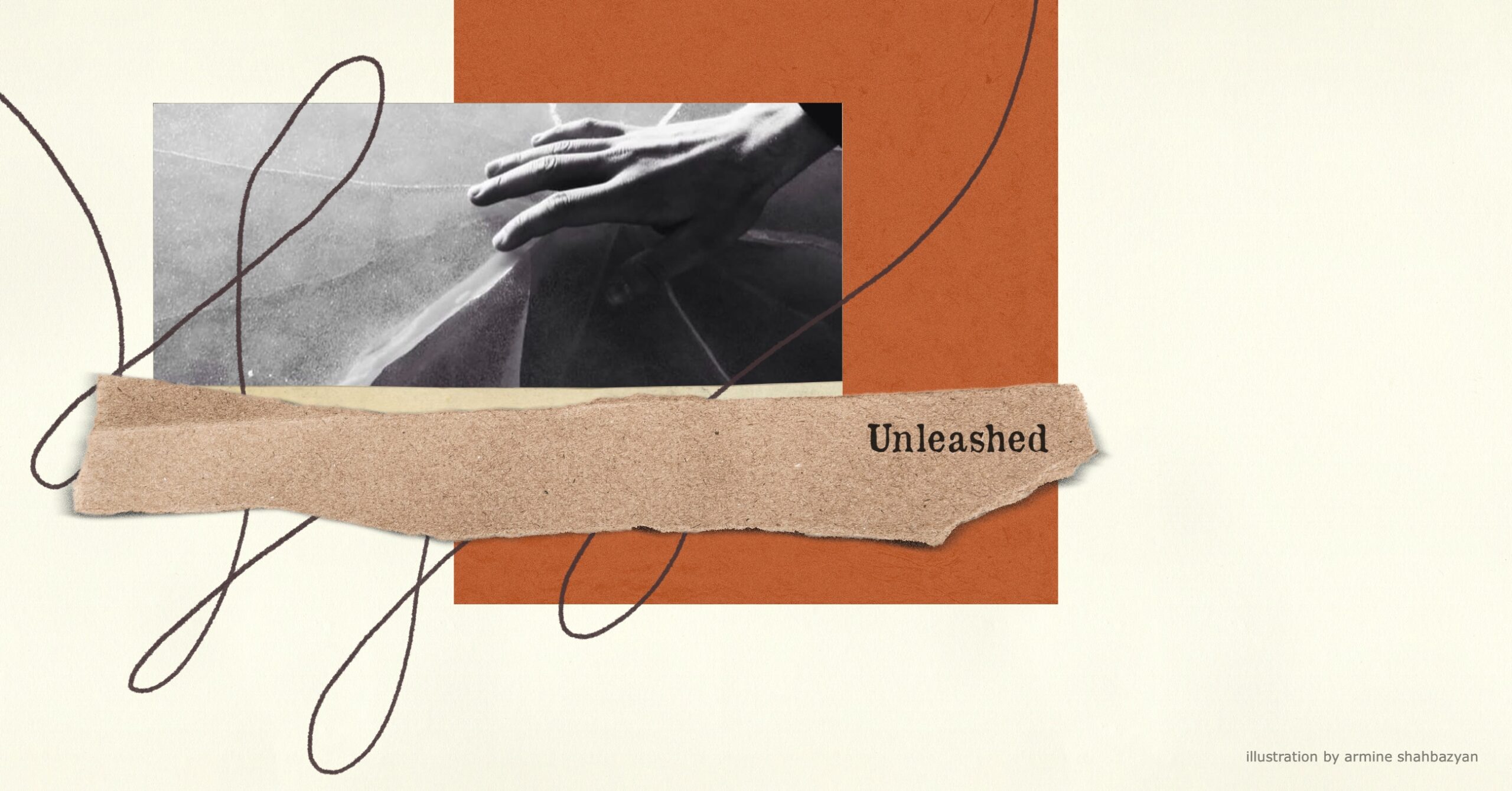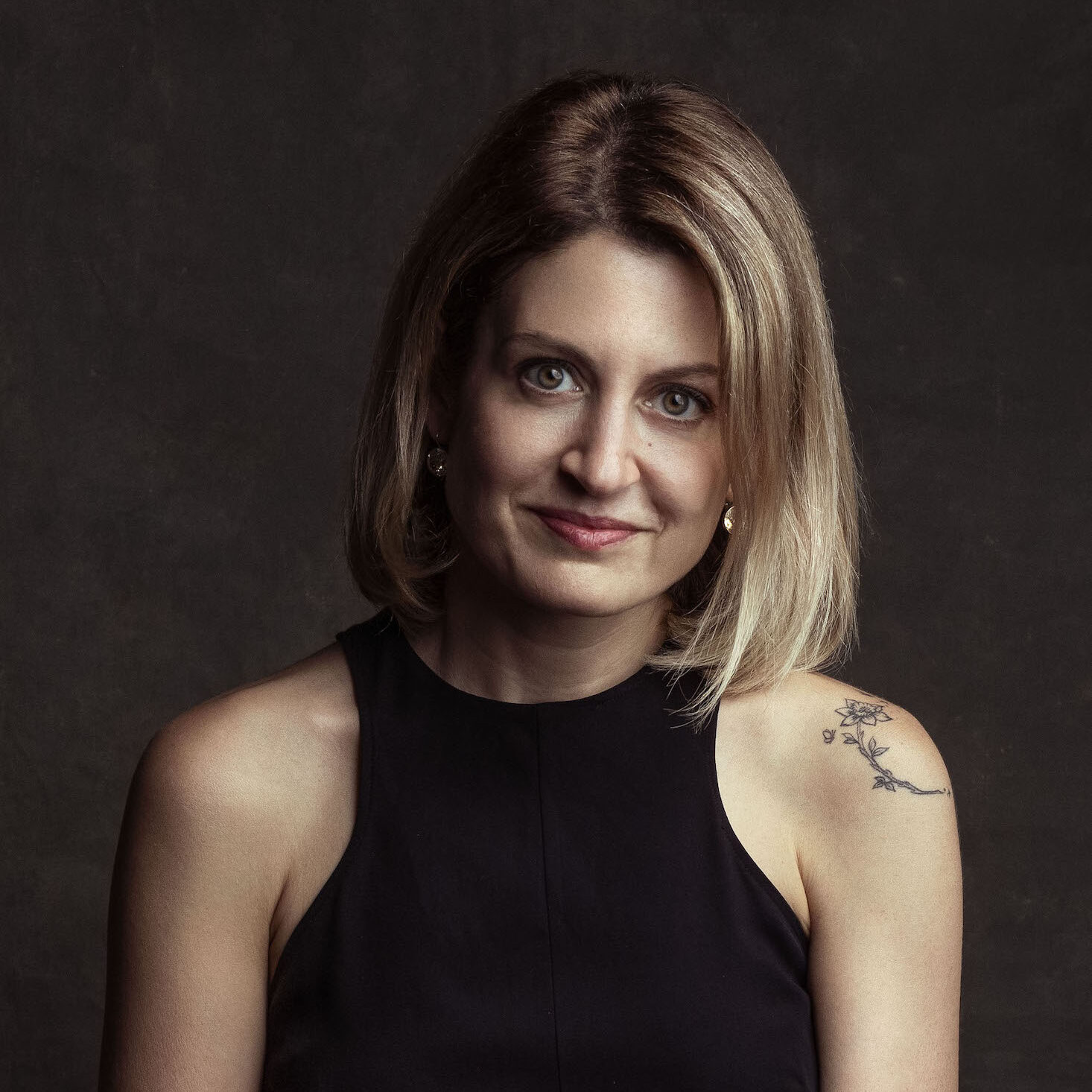

During a recent trip to the northeastern edge of Armenia, I visited Kirants, a small village in Tavush region where spirituality, education and militarism collide. This village, through which a definitive line separating Armenia from Azerbaijan has been drawn, is paradoxically peaceful while at the same time poised for conflict. Here, ancient monasteries offering silent prayers coexist with a new army base, as well as a renovated school, teaching only 42 students, which houses a bomb shelter beneath its foundation. This shelter is capable of accommodating over 300 people—nearly the entire village population—in case of attack.
I, for one, did not grow up with the thought of war lurking at my doorstep, let alone a bunker beneath my feet. This visit made me realize how much I might have taken such a relatively safe upbringing for granted. In Kirants, children take their recreation outside beside a towering concrete wall—a structure intended as a shield, yet one that constantly reminds them of the ever-present threat just beyond their playground. This juxtaposition of childhood innocence and military readiness might seem jarring, but it is a reality for many border communities worldwide.
The purpose of my visit was to witness the outcomes of recent border delimitation, a process that has drawn sharp criticism both in Armenia and throughout the diaspora. However, the reality on the ground speaks to the necessity of well-guarded borders in ensuring security. In Kirants, and for the rest of the country, the border is not just a demarcation but a fortification, a means of protecting what is ours in a neighborhood marked by hostility. This process of defining our borders clearly should not be seen as giving up land but as securing it, making sure every inch is accounted for and defended. It’s a strategic necessity, especially as Azerbaijan’s encroachment on Armenian territory has already begun and threatens to continue.
The emotional and financial toll of Armenian investment in Nagorno-Karabakh cannot be understated. For decades, our nation poured resources, hope, and dreams into the region, only to now face a new reality with the drawing of the border, severing our ties and marking heavy losses. This scenario mirrors the painful decisions we must sometimes make in our personal lives. Just as in a relationship that has soured or reached an impasse, clinging to past investments due to sunk cost fallacy can lead us down a path of continued loss. Drawing a line—whether on a map or in our hearts—is essential for protecting our integrity and securing our personal future. It’s about making the tough decisions that are necessary to stop further drain and begin the process of healing and rebuilding on a more stable, healthy foundation.
In personal relationships, professional interactions, or even within our inner dialogues, clear boundaries are vital. They help us negotiate our relations and ensure that while we remain open to the world, we are not vulnerable to it. Setting these limits is a sign of strength, an affirmation of self-respect and a declaration that we value our wellbeing.
The term “borderline” has not always carried a positive connotation for me. Initially encountered during a turbulent period of my life, it was linked to a diagnosis—or rather, a misdiagnosis—of borderline personality disorder. This condition is characterized by emotional instability, intense interpersonal relationships, and a distorted sense of self. While my experiences during that time were indeed volatile, I’ve come to see that they were not necessarily detrimental.
To me, the term “borderline” now reflects a life lived on the edge. For many of us, regardless of any diagnosis, living on the edge involves embracing risks, pushing limits, and experiencing the highs and lows that come with such a lifestyle. This can lead to both remarkable achievements and devastating failures. But the resilience demonstrated by those who navigate these extremes is often extraordinary. In this broader context, we all possess borderline traits to some extent—moments when we teeter on the edges of our emotional or rational capacities. How we manage these moments can define our ability to cope and thrive in various aspects of life.
So, in Kirants, as in other similar border regions, the children play their games shadowed by the looming wall, and they grow up with a consciousness of their boundaries, both physical and metaphorical, earlier than most. They walk the line, day in, day out, as if it were second nature. This awareness, while born from conflict, can also breed a unique strength—a deep understanding of the importance of safeguarding what is valuable. In this sense, borders protect, define, and sometimes, liberate us by providing a clear sense of identity and security.
As I left Kirants, the image of the bunker beneath the school stayed with me. It reminded me that in life, as in geopolitics, knowing where to draw the line is perhaps the greatest wisdom of all.
See all [Unleashed] articles here
Listen to Sheila’s personal reading of “Borderline”.

Sheila Paylan is an international human rights lawyer and former legal advisor to the United Nations. Now based in Yerevan, she regularly consults for a variety of international organizations, NGOs, think tanks, and governments.

